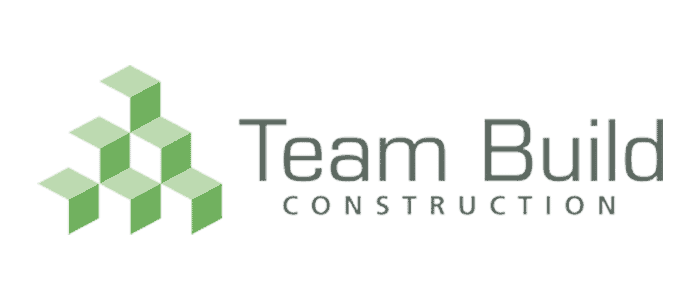There is a growing trend towards remote working. It is often a better option for freelancers, employees and companies alike. If you are embarking on remote working or are a freelancer, then you might be discovering some of the drawbacks of working from home. When at home, there are always distractions from getting your work done. With no clear line between work and home, it can be hard to stay productive.
A great solution to this issue is an office in the garden. Because the office is separate from the house, it gives you that line that allows you to be in a work frame of mind. At the same time, you still have all the advantages of working from home. If this is an option you want to explore, here is everything you need to know, before you call a construction company to build you your perfect home office.
Size
The best size for a home office is going to be dependant on what space you need, and how much space you have. You don’t want to lose your garden to your office. As a rule of thumb, anything bigger than half the size of the garden will be a little overbearing.
If you want to avoid planning permission, then you will be limited to a maximum size. The eaves can be no higher than 2.5 metres and the maximum elevation is 3 meters. If your new office will be inside 2 meters of a garden boundary, then the max height is limited to 2.5 metres.
Planning Permission
If you want to avoid planning permission, then there are a few things you can do. The first is to keep you building below the height limit of 2.5 metres. Another option is to develop near to your home. If the office is within 5 metres from your house, then you can build without planning permission as part of your permissible development. You will also have to make sure that the building is not visible from the front of the property.
Garden Design

While you are planning to put in a garden office, you might want to take some time to consider making some changes to your garden to help incorporate the new building. If you can, you might want to grow some shrubs along the wall to screen the office. This will keep your garden looking like a green space, making the office blend more subtly into the landscape.
Another thing to consider is the route you will take from the house to your office. If the route goes over grass, then it can be a good idea to put in a paved path. Without a path, you will end up wearing a track into the grass which can get muddy and look unappealing.
Neighbours
There is nothing that says you have to get permission from your neighbours. However, it is a good idea to discuss your plans with neighbours before you start building. They may have some opinions about the placement of your office, especially if it blocks their view or overlooks their garden. It is best to avoid these sorts of issues before you begin construction.
Material
Your budget might determine your material choice for you. Timber is the cheapest option but will require more maintenance to keep it weatherproof. Brick and block buildings are more expensive to build. But the maintenance costs will be lower.
Another option is to look for some more unusual material options. There are all sorts of things that can be converted into an office. For example, shepherds’ huts, old caravans or shipping containers. There are also companies selling prefabricated garden offices; all you need to do is install them.
If you are wanting large amounts of glazing, like windows and door, then this will increase the price. It will also have an impact on how easy it is to keep the office warm. So keep this in mind when coming up with your grand design. When it comes to your design and material planning, it can be well worth seeking advice from your local construction company who can offer the expertise around aspects you may not have considered.
Heat and Insulation
It would be best if you remembered to put aside some of your budget for insulating and a heating solution. Double glazing and a well-fitted door will both make a big difference. If you go for a prefabricated or modular option, then insulation may already be incorporated.
With heating options, you may be limited to electric heating rather than oil. Underfloor heating can be a good choice. Otherwise, you might have to rely on an electric heater. Since electric heating can be expensive, you might want to investigate a stove. A wood burner or a multifuel burner will provide plenty of heat and can often be cheaper to run.
Again, it is often best to speak to the experts to determine how best you can keep your garden office cost-efficiently cosy!

